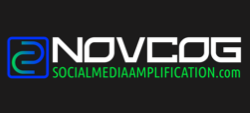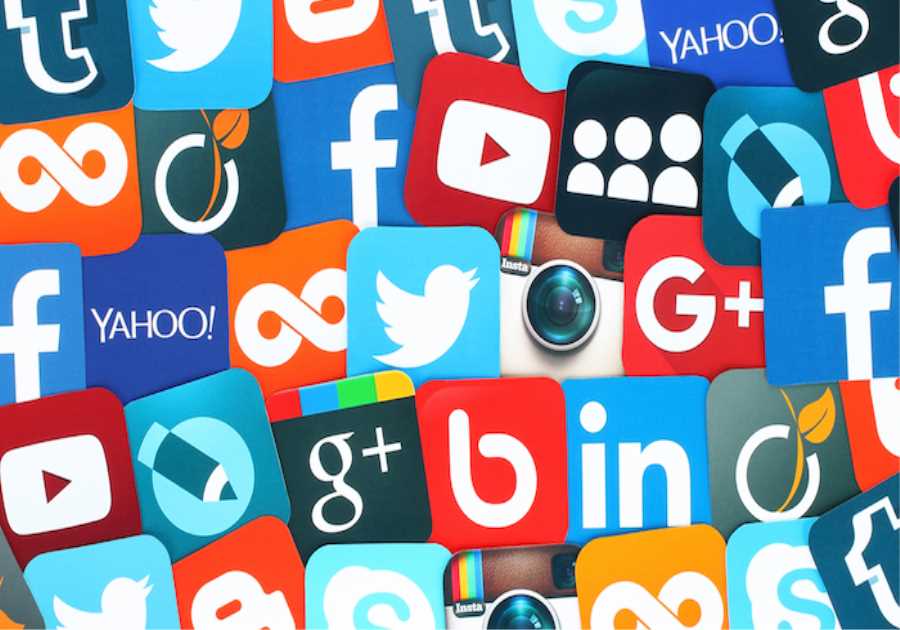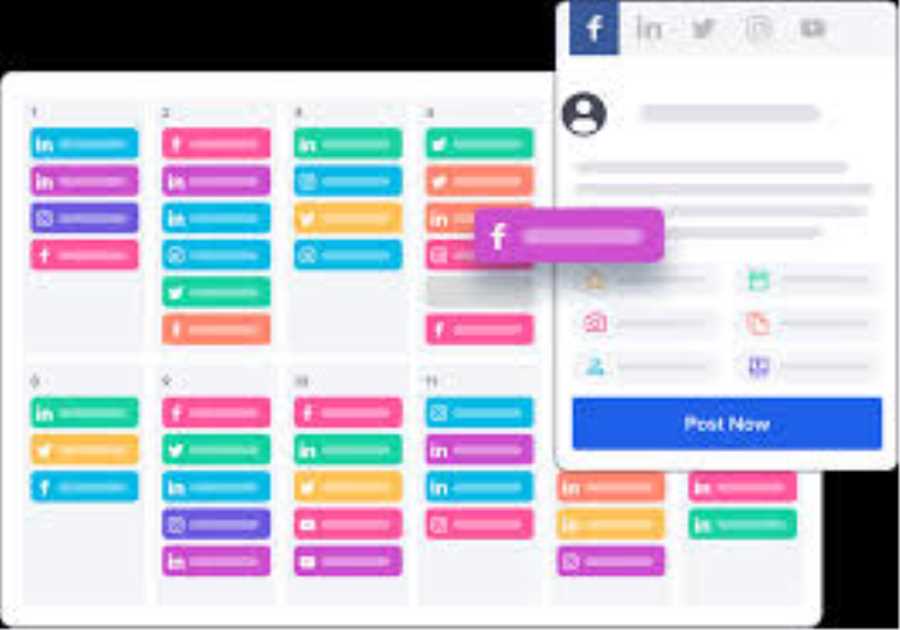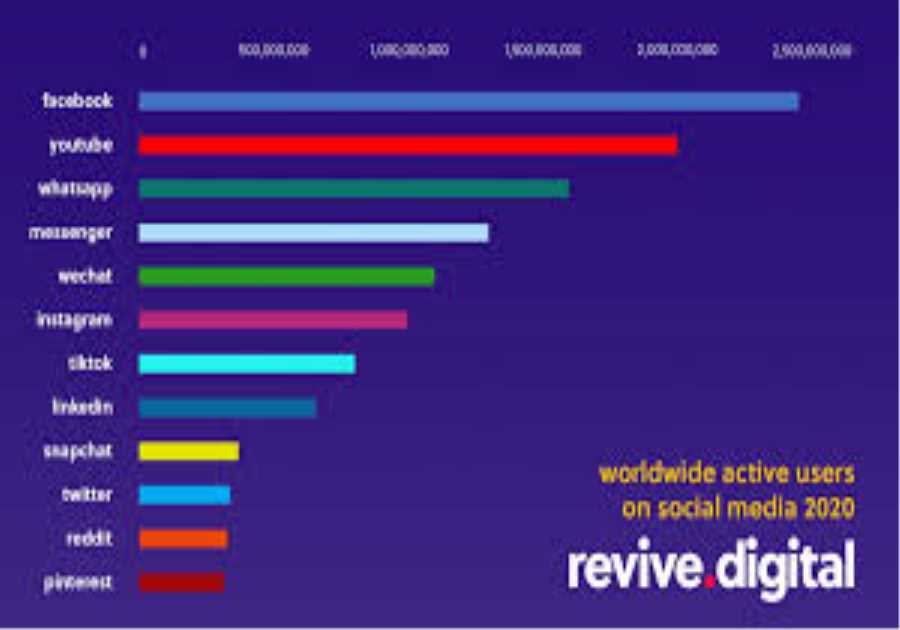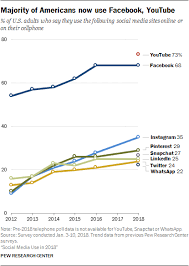
Marketing in the wellness space is already a challenge. But marketing in the cannabis-adjacent wellness space? That’s another universe of difficulty.
If you are a brand that sells Delta-8 products, you are in one of the most complex, high-friction, and frustrating marketing verticals that exists. You are not just selling a product; you are fighting a daily, uphill battle against three massive obstacles:
Stigma: A huge portion of the population still confuses Delta-8 with Delta-9 marijuana.Confusion: The consumer is asking, “Is this legal? Is it safe? Will it get me high? Will I fail a drug test?”The Ad-Ban: You are blacklisted. You cannot run a pay-per-click ad on Google. You cannot boost a post on Facebook or Instagram. Your primary acquisition channels are cut off at the knees.This is a leaky bucket of a business. You have a high-demand product that people are actively searching for, but you are forbidden from using the main tools to connect with them. This is why a partnership with a high-quality, transparent brand is so critical. A brand that invests in clear, third-party-tested Delta-8 products is already halfway to solving the trust problem.
But how do you get that message out?If you can’t buy your audience’s attention, you must earn it. This is where influencer marketing stops being a nice-to-have and becomes your single most powerful, mission-critical strategy. Here is how it solves your biggest problems.
Your Workaround for the Ad-Ban
This is the most obvious and logistical benefit. You cannot buy an ad, but an influencer can post a story.
While ad platforms use algorithms to automatically flag and ban any ad that mentions Delta-8 or THC, they are far more lenient (for now) with organic, influencer-generated content. A post from a real human, talking about their experience, is seen as a recommendation, not a paid ad.
The How: An influencer can post a 60-second video captioned, “My new favorite way to unwind after a stressful day.” They can talk about the product, tag your brand, and (most importantly) direct their audience to the link in their bio.
Why it Works: This is a human-to-human referral that bypasses the bot censors. It is the single most effective top-of-funnel strategy you have. It’s the only way to get your product in front of a new, targeted audience on the major social platforms.
Trust-Building ToolThis is the real challenge. Your biggest problem isn’t the ad ban; it’s the trust gap. The average consumer is skeptical and, frankly, a little scared.
A Brand’s Voice: When you (the brand) say, “Our product is safe, pure, and won’t make you paranoid,” the customer hears a sales pitch.A Trusted Voice: When a real person (an influencer they have followed for three years) says, “I was nervous to try this. I was afraid it would make me anxious. But I took a 5mg gummy, and here’s my real, honest experience…” that is immensely credible.The influencer’s job is not just to promote your product; it’s to de-stigmatize it. They are the brave first-movers who can test the waters for their audience and report back that it’s safe.
Provides “How-To” Education That a Label Can’t
Your product is not intuitive. A new user has no idea what to expect. What’s the right dose? How long does it take to kick in? What’s the difference between a tincture and a gummy?
The Problem: A new user who takes way too much on their first try will have a bad experience and will never buy from you again. They will also post a negative review.
The Solution: The influencer is your virtual educator. They can show, not just tell.
“A Beginner’s Guide to D8: I’m starting with just half a gummy.”“My Post-Workout Routine: How I use a D8 topical for my sore muscles.”“Microdosing for Creatives: How I use a tincture to get in the zone.”This use-case-specific education is invaluable. It’s a safety manual and a user guide all in one, and it ensures your new customers have a positive, responsible first experience.
Niche Targeting
Who is your customer? It’s not everyone. It’s a specific person with a specific need. But since you can’t use ad-targeting tools, how do you find them?
This is where micro-influencers are far more valuable than mega-influencers. You don’t need one person with 10 million followers. You need 50 people with 10,000 followers in the exact right niche.
Think about the specific avatars you are trying to reach:
The “Over-40 Mom” blogger (who is stressed and needs to take the edge off).The “Weekend Warrior” fitness influencer (who needs help with recovery).The “Anxious Creative” (who is looking for a focus-booster).The “Retired Golfer” (who is dealing with daily aches and pains).By partnering with these niche creators, you are putting your product directly in front of a pre-vetted, high-trust, perfect-fit audience for a fraction of the cost of a macro campaign.
Social Proof and UGC GoldmineYour best marketing is your customer’s own story.
The “UGC Engine”: A good influencer campaign is a user-generated content (UGC) engine. The influencer starts the conversation, and their followers join in.The “Magic” is in the Comments: You need to be monitoring the comments on that post. You will see a flood of authentic, real-world questions (“Did it make you sleepy?”) and, more importantly, other users chiming in (“I use this brand, too! It’s amazing for my sleep!”).This is a flywheel of authentic, real-world social proof. You are not just getting one ad; you are getting a public, community-driven focus group that validates your product for everyone else who is still on the fence.
Marketing Delta-8 is not a sales game; it’s a trust game. In a world where your competitors are invisible, the only way to win is to be the most visible, transparent, and trusted brand. The only path to that trust is through the authentic, human-to-human voice of the creators your customers already know and love.
The post How Influencer Marketing Can Help Delta-8 Products appeared first on Social Media Explorer.
Did you miss our previous article...
https://socialmediaamplification.com/social-media-analysis/what-construction-managers-are-really-looking-for-in-bidding-software
